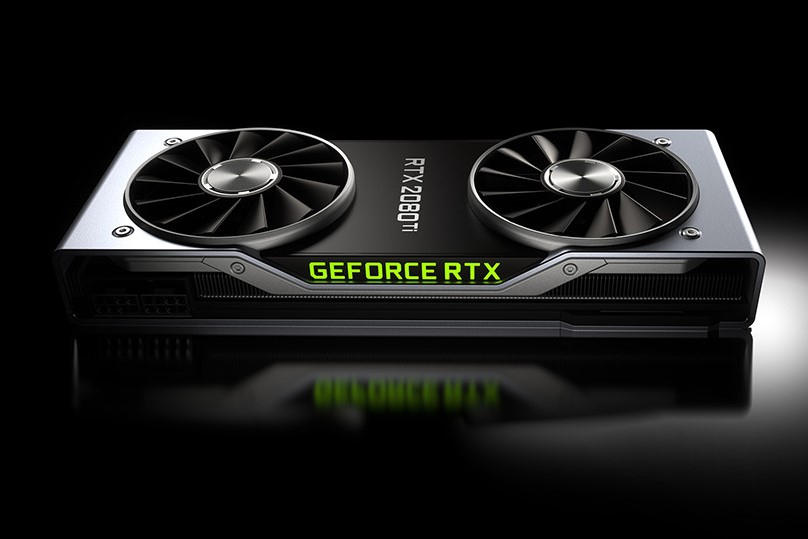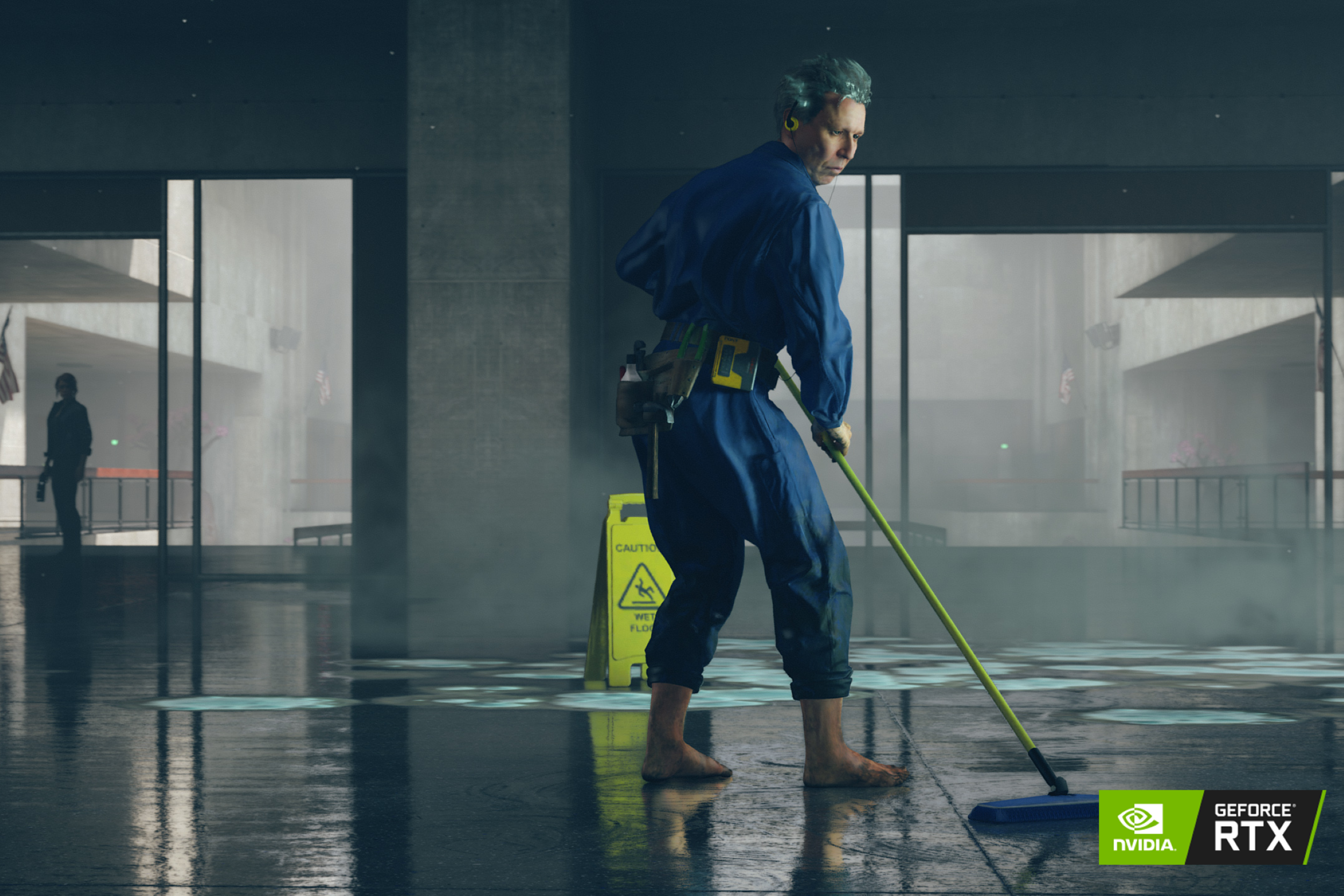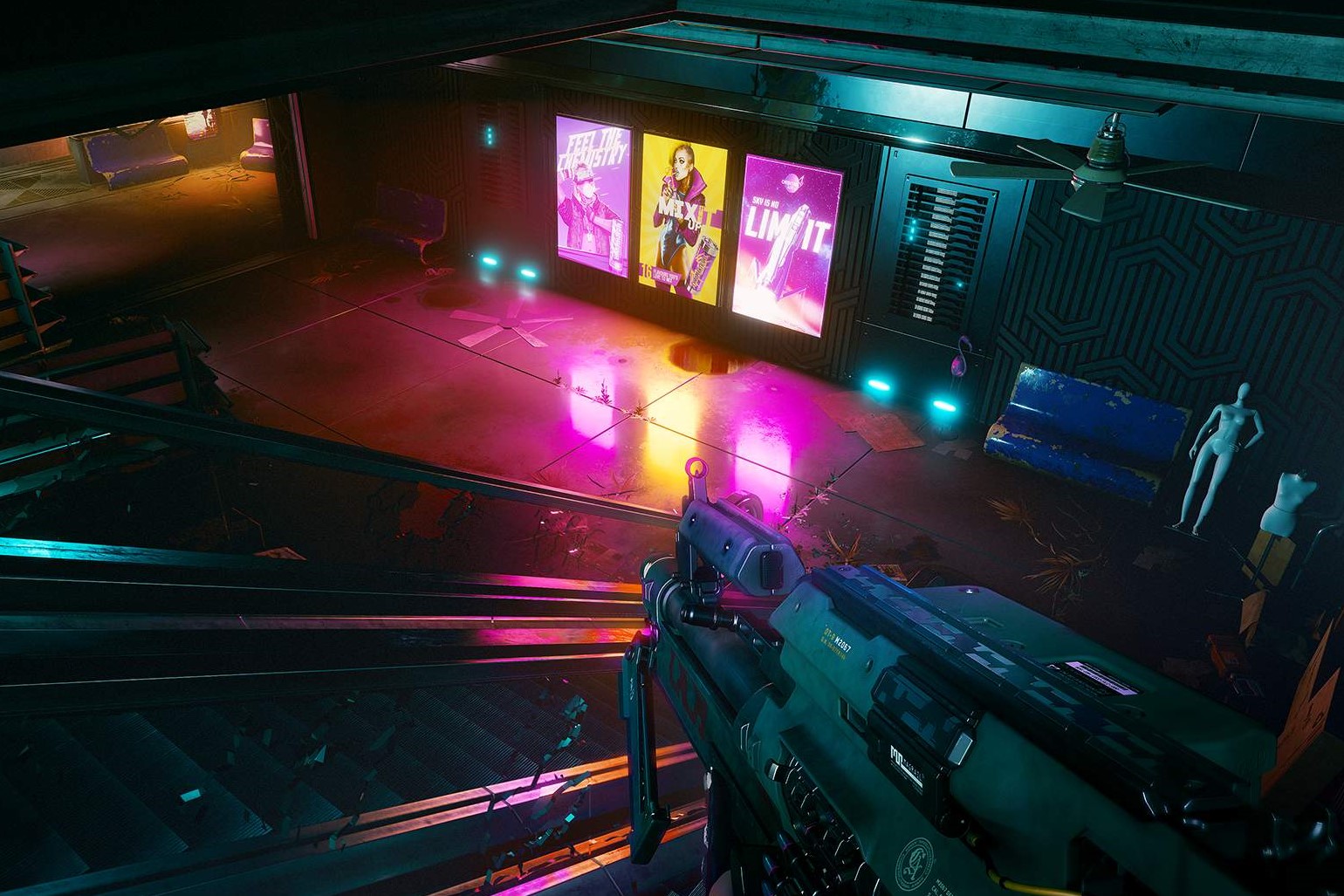Optus Mobile Review ALDI Mobile Review Amaysim Mobile Review Belong Mobile Review Circles.Life Review Vodafone Mobile Review Woolworths Mobile Review Felix Mobile Review Best iPhone Plans Best Family Mobile Plans Best Budget Smartphones Best Prepaid Plans Best SIM-Only Plans Best Plans For Kids And Teens Best Cheap Mobile Plans Telstra vs Optus Mobile Optus NBN Review Belong NBN Review Vodafone NBN Review Superloop NBN Review Aussie BB NBN Review iiNet NBN Review MyRepublic NBN Review TPG NBN Review Best NBN Satellite Plans Best NBN Alternatives Best NBN Providers Best Home Wireless Plans What is a Good NBN Speed? Test NBN Speed How to speed up your internet Optus vs Telstra Broadband ExpressVPN Review CyberGhost VPN Review NordVPN Review PureVPN Review Norton Secure VPN Review IPVanish VPN Review Windscribe VPN Review Hotspot Shield VPN Review Best cheap VPN services Best VPN for streaming Best VPNs for gaming What is a VPN? VPNs for ad-blocking These days, there’s a new two-word buzzword to add to the pile: ray tracing. You’re going to hear it a lot more, too, from 2020 onwards as this newfangled tech that was once exclusive to Nvidia’s 20-series graphics cards is now a big talking point for the PlayStation 5 and Xbox Series X next-gen consoles. Let’s shine a light on what ray tracing is all about. While it’s been technically possible in games via software for years, it’s incredibly demanding on graphics-card hardware, meaning it tends to drag a game’s frame rate down to something unplayable. In terms of hardware intensiveness, ray tracing is a lot like 4K resolutions. Even on a high-end PC, the target frame rate at 4K resolution tends to be 60fps. Even with an Nvidia graphics card that’s capable of 4K resolutions, enabling ray tracing is so resource intensive that it has the potential to greatly diminish frame rates. The straightforward solution to this on the user side is to lower the resolution in order to preserve higher frames over ray-traced fidelity. Nvidia’s 20-series graphics card were ahead of the curve, touting some great tech that wasn’t fully realised in game form at launch. The big hardware advancement as far as ray tracing is concerned were the RT Cores and Tensor Cores. ‘RT’ is understandably short for ‘ray tracing’, which is exactly what these cores excel at for games that support the technology. The Tensor Cores have become more relevant for ray tracing in recent Nvidia driver updates, allowing developers to tap into the second iteration of a technique called Deep Learning Super Sampling (DLSS 2.0) to greatly improve frame rates. Like ray tracing, though, developers have to choose to implement DLSS 2.0 on a per-game basis for Nvidia 20-series graphics card owners to take full advantage of the benefits. This means that just because you may own an Nvidia 20-series card, it doesn’t mean the games you’re playing will be supported.
Battlefield V Call of Duty: Modern Warfare Control Deliver Us the Moon Justice Online JX3 MechWarrior 5: Mercenaries Metro Exodus Minecraft Quake II RTX Shadow of the Tomb Raider Wolfenstein: Youngblood
Atomic Heart Boundary Bright Memory: Infinite Convallaria Cyberpunk 2077 Doom Eternal Dying Light 2 Enlisted F.I.S.T. Project DH Project X Ring of Elysium Stormdivers Synced: Off Planet Vampire: The Masquerade – Bloodlines 2 Watch Dogs: Legion World of Warcraft: Shadowlands Xuan-Yuan Sword VII
As more games are announced for next-gen consoles and ray tracing becomes more ubiquitous on next-gen PC graphics cards, expect to see the list of supported games grow and future titles to be better optimised for the lighting tech. The Xbox Series X version of Minecraft is set to receive a ray tracing overhaul, which converts the game from its iconic voxel art style to something that looks quite beautiful. And if you want a taste of this today, you can check out the Windows 10 beta version of Minecraft, as long as you have access to an Nvidia 20-series graphics card. This Minecraft ray tracing demo reportedly only took four weeks for a single developer to implement, meaning it will be viable for developers to integrate ray tracing into current-gen games that currently support ray tracing on PC and will be backward-compatible on next-gen consoles.


